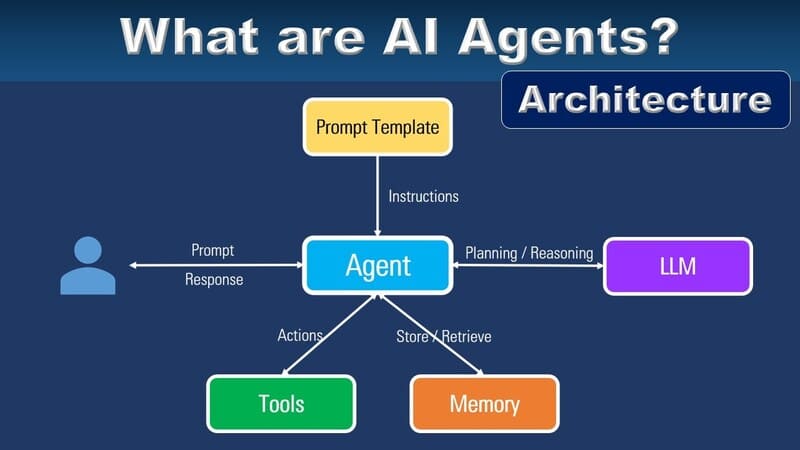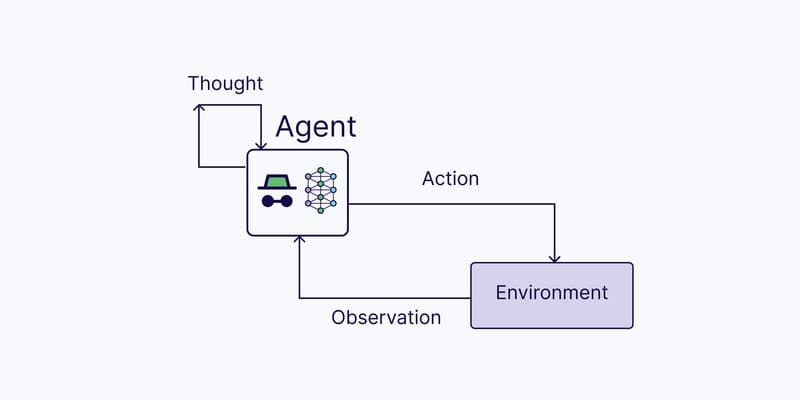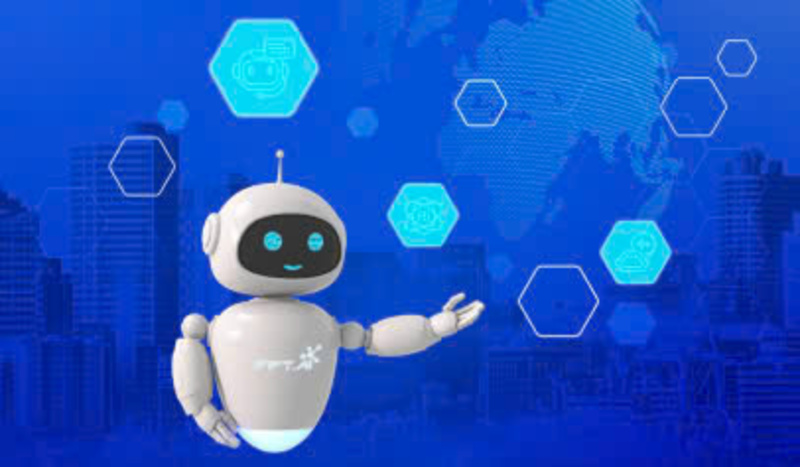Artificial intelligence and cloud computing are both dynamic technologies on their own. Put them together and you get a customer experience powerhouse.
Gartner predicts that by 2020, 85% of customer interactions will be managed without a human. It’s likely that many of those interactions will be handled through cloud-based solutions with AI. Many companies are already developing software to lead the charge when it comes to customer experience. Artificial intelligence helps provide personalized solutions in a more efficient way, and cloud software allows for information to be shared and accessed in real time around the globe. When used together, AI and cloud-based computing could transform the customer experience. Here are a few ways the technology is already being used and what it could mean for the future.
Australian Red Cross Manages Donors with Oracle CX Cloud
The Australian Red Cross gets 1.3 million blood donations each year from its 75 donation centers across the country. In order to better manage the information and provide a more personalized experience, the organization partnered with Oracle CX Cloud. Oracle’s technology connects data through the cloud and uses AI to pinpoint trends. The Red Cross uses the technology to monitor its blood donor information. Donor data is added to the cloud from any of the donation centers, and an AI algorithm pinpoints each donor’s blood type. The algorithm can track what types of blood are in the highest demand and target which donors are available to give blood. Donor information can be accessed from any center, which creates a seamless, cohesive experience across the organization. By combining AI and cloud computing, the Australian Red Cross can better communicate and build relationships with donors while also making sure it has enough donations to cover its needs.
Genesys Integrates Google Contact Center AI
Google recently announced Contact Center AI, a service available through Google Cloud that adds AI elements to existing contact center technology. The program automates customer conversations with a virtual assistant and can transfer calls to a human if the issue is too complex. Interactions are put on the cloud so agents can log in and connect with customers from anywhere in the world. The technology opens doors to a new wave of contact center agents who have the flexibility to work anywhere with internet access. Because the service is so new, Google Contact Center AI is still being deployed to the early adopters. One of the first companies to fully integrate the system is contact center provider Genesys, which will use the solution with some of its clients starting next year. Contact Center AI’s virtual assistant talks like a human and is optimized to handle customer inquiries. This technology could make contact centers more flexible and efficient for both employees and customers.
U.S. Bank Uses Salesforce Einstein to Leverage Data

Salesforce’s Einstein Platform uses AI to sort through customer and marketing data. U.S. Bank uses the service to break down internal silos and create a unified, omni-channel customer experience with connected data. Salesforce Einstein uses AI to find trends in customer data and make predictions for the future. Those predictions help drive personalized recommendations for the best banking products. The system enables U.S. Bank’s front-line employees to do what already do, but to do it better and provide more personalized experiences. Employee experience leads to a strong customer experience. U.S. Bank can proactively understand the insights about customers and leverage that to help customers make better financial decisions. With the data on the cloud, employees throughout the bank have access to the same information to provide a consistent customer experience.
Artificial intelligence in cloud-based solutions has the power to transform customer experience. This technology can create cohesive omni-channel experiences that cater directly to the needs of customers. As more companies adopt the technology, we’re bound to see an uptick in personalization and efficiency.

















